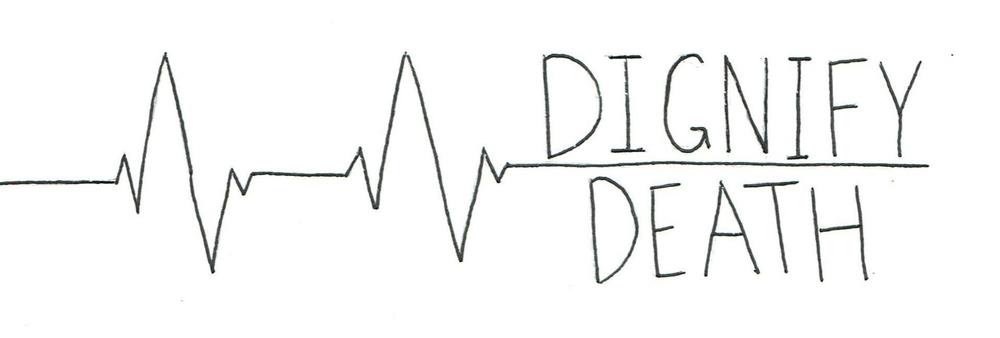Right to Die
April 27, 2016

For California residents suffering from a terminal illness, this spring will mark the final step in their journey toward gaining the right to die via a lethal dose of medication.
Governor Jerry Brown signed the Right-to-Die legislation, also known as the End of Life Option Act, in September of 2015, putting to rest a 10-month debate between advocates and critics of the law. Ultimately, Brown supported the legislation upon considering the possibility of having to face a terminal illness himself.
“I am certain, however, that it would be a comfort to be able to consider the options afforded by this bill. And I wouldn’t deny that right to others,” Brown said in a written memo in Oct. 2015.
What this law promises to do is provide terminally ill California residents–specifically, patients who have less than six months to live–with the opportunity to swallow a prescription medication that ends their life within one hour of ingestion.
However, various safeguards have been implemented in the law to ensure that cases of abuse do not arise. Most importantly, any patient interested in this means of death must be able to exercise his or her right to die without the influence of others. For this reason, a patient must be able to attend a private meeting with a doctor regarding his or her intent to take a lethal dose of medication.
On top of this, patients must make two oral requests and a written request to their doctor. Finally, they have to be able to swallow the pills themselves. Any violation of the aforementioned policies will automatically void a patient of his or her right to this law.
Despite attempts to make the legislation free of any loopholes, critics have spoken up about the implications of having a right to die.
Various religious groups, including the Catholic Church, have expressed concerns that some terminally ill patients may feel pressure from their doctors and insurance providers to take a lethal dose of medication.
Perhaps, even more, concerning, however, is the notion that having a right to die may cause some eligible patients to lose hope in their fight for life. In a recent interview with CBS, former Marine and brain cancer survivor J.J. Hanson made it clear that prescribed death carries with it a dangerous flipside that many terminally ill patients may fail to consider.
“If you have a full legalization across the United States, people like me will start to look at assisted suicide as their only alternative. I was told twice by doctors, ‘Your time is done.’ They told me basically that I was dead. Where does your hope go?” Hanson said.
Advocates of the law see its potential downside as a non-issue.
“The law is a better option than facing the pain of a terminal illness. It’s easy to administer and makes the process peaceful,” senior Tristan Seymour said.
Seymour, whose late step-mother, Jennifer Glass, was a staunch supporter for the End of Life Option Act before losing her life to lung cancer in August of 2015, is well aware of the implications of this controversial law. To him, what matters most is that people have the option to end their suffering–even if this means presenting a moral dilemma to those who oppose the legislation.
When California officially enacts the Senate bill in June, it will be the fifth state to have passed such a law. It follows Oregon, Washington, Vermont, and Montana in permitting this procedure.








































